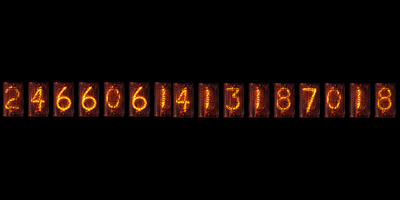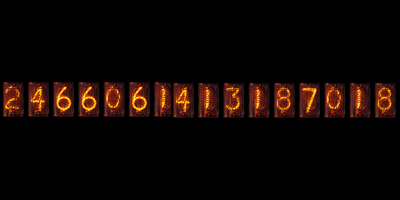A Distant Second
Light emission from hydrogen atoms allows spectacularly precise confirmation of quantum-mechanical laws. But theorists have yet to fully reconcile those laws with relativity, the other major foundation of modern physics. In Physical Review Letters, a multilaboratory collaboration reports improved hydrogen measurements that place limits on how big one possible correction to relativity could be.
Researchers at the Max Planck Institute for Quantum Optics in Garching, Germany, have pioneered methods that connect optical emission frequencies to the much lower radio frequencies of atomic clocks. But the best atomic clocks, based on a fountain of cesium atoms, are in distant labs such as the Federal Physical-Technical Institute (PTB) in Braunschweig, and can’t be easily moved. So the two labs synchronized their setups by sending light signals back and forth over a - -long optical fiber. The connection allowed them to express the - transition frequency in terms of the international standard definition of the second as hertz, with an uncertainty of just hertz.
The researchers exploited the unprecedented precision to look for variations of the frequency over a year. Such variations would show that the frequency depends on the motion of the Earth around the Sun, which is forbidden by relativity. But the team estimates that parameters that quantify that dependence can be no larger than a few parts in . One of the parameters is slightly different from zero, but even more precise measurements will be needed to determine if this difference is truly significant. – Don Monroe





